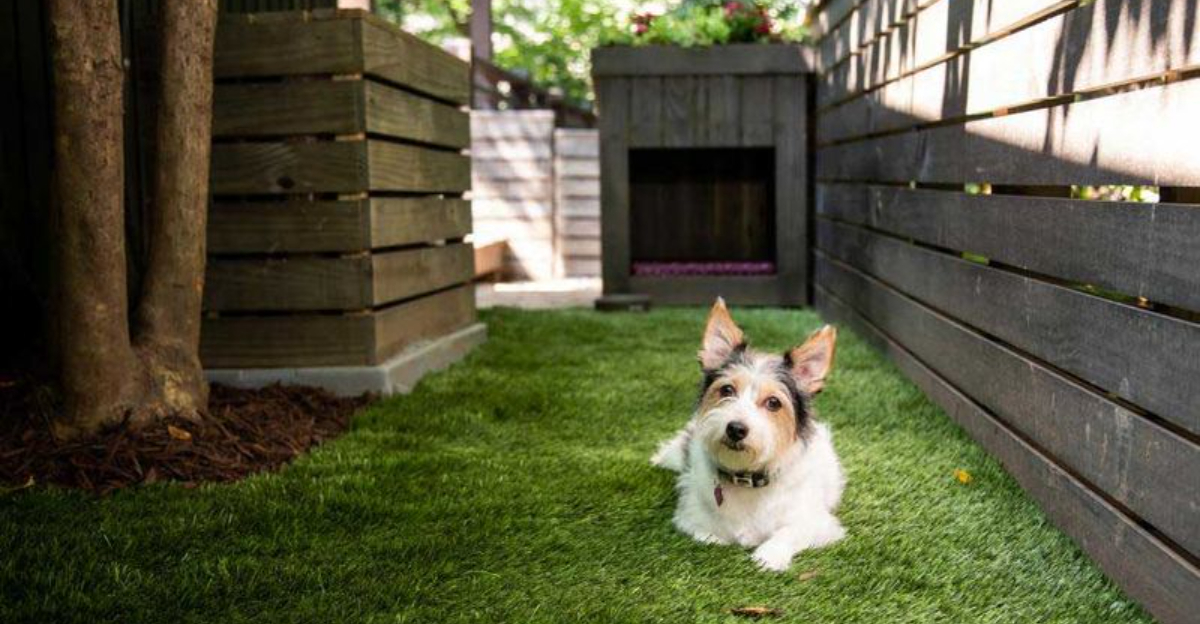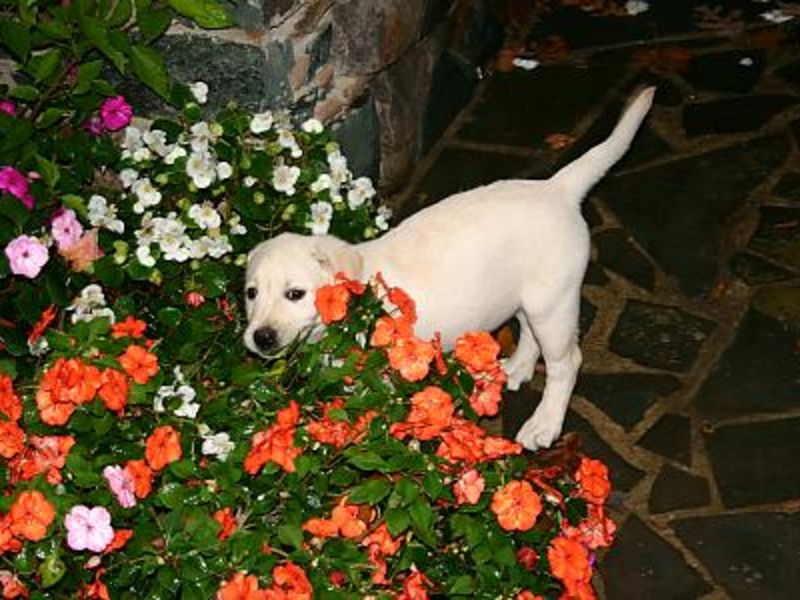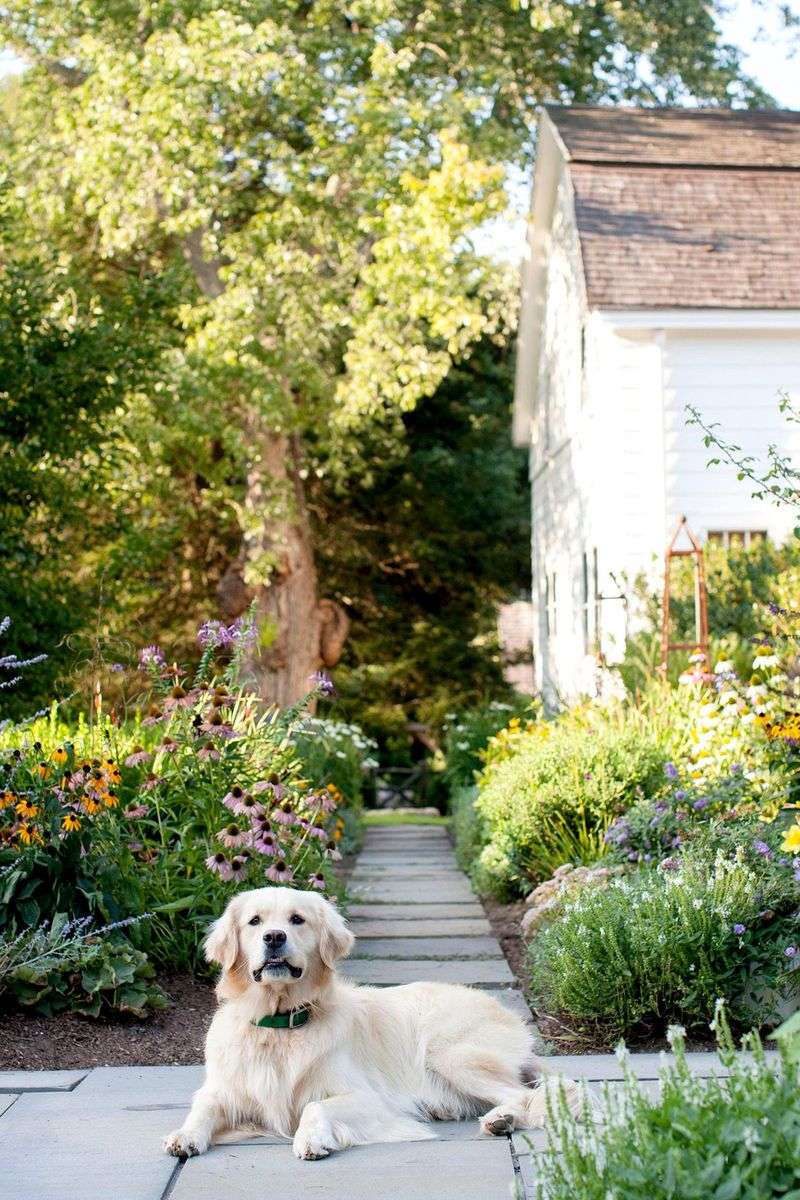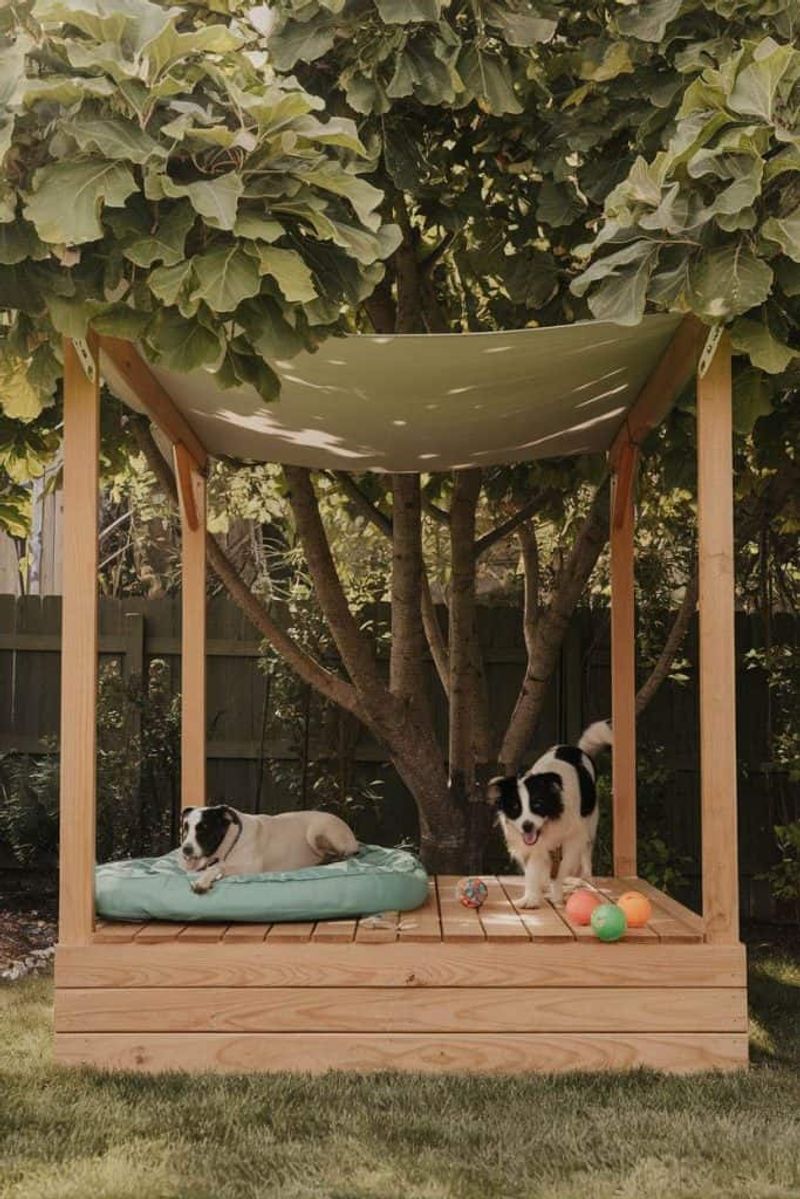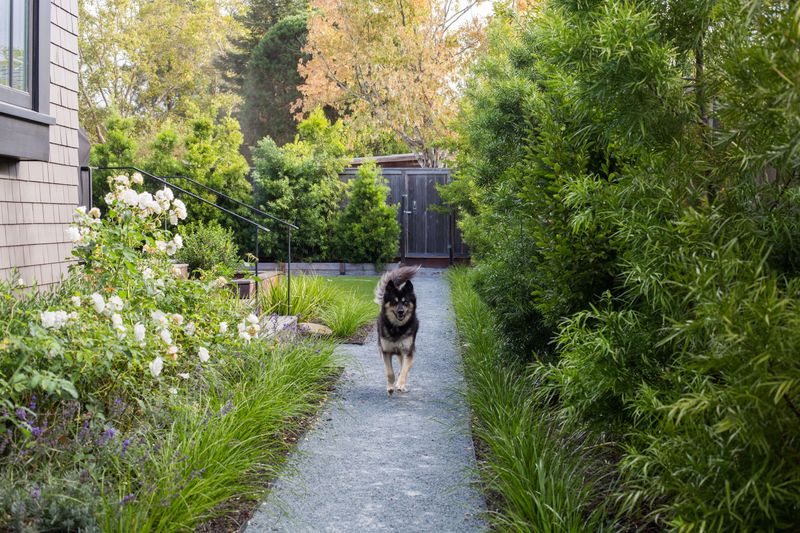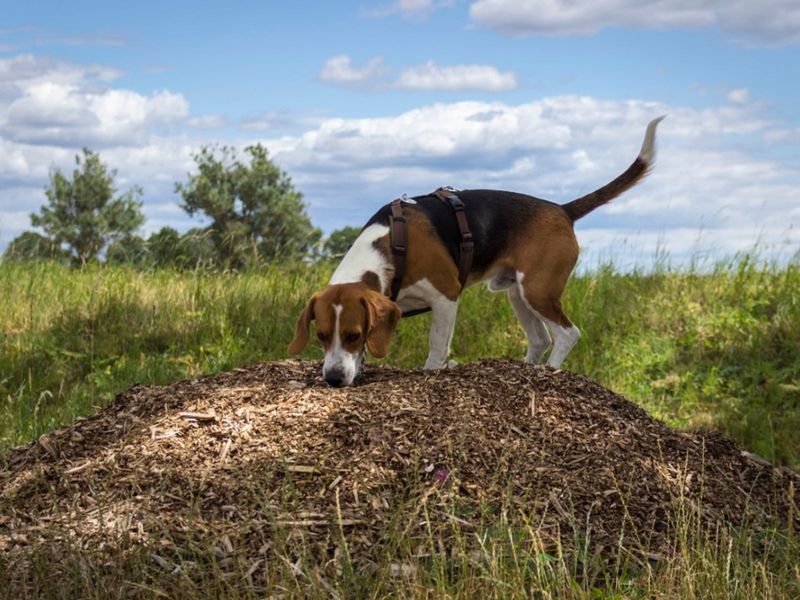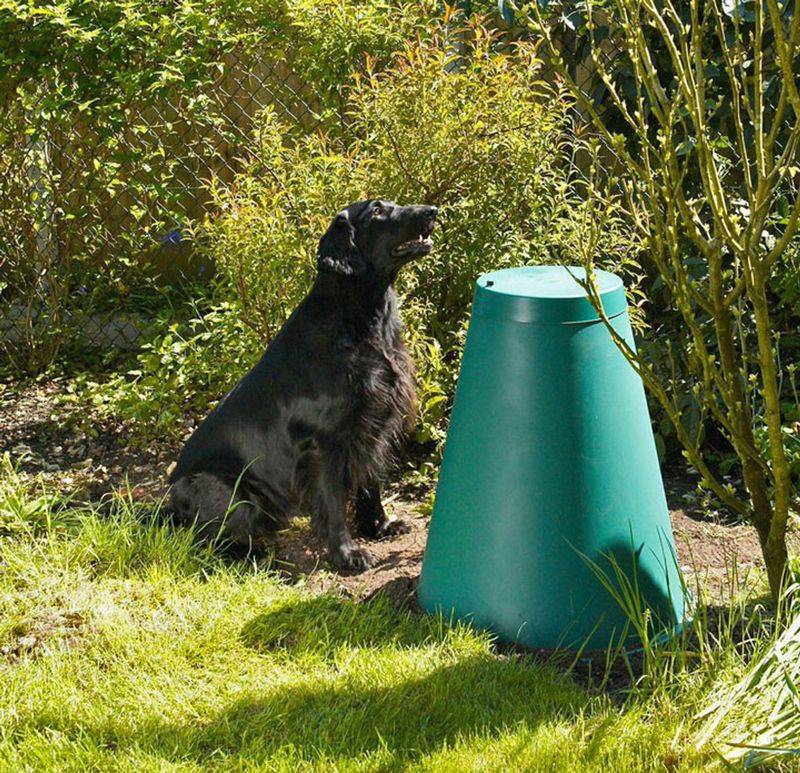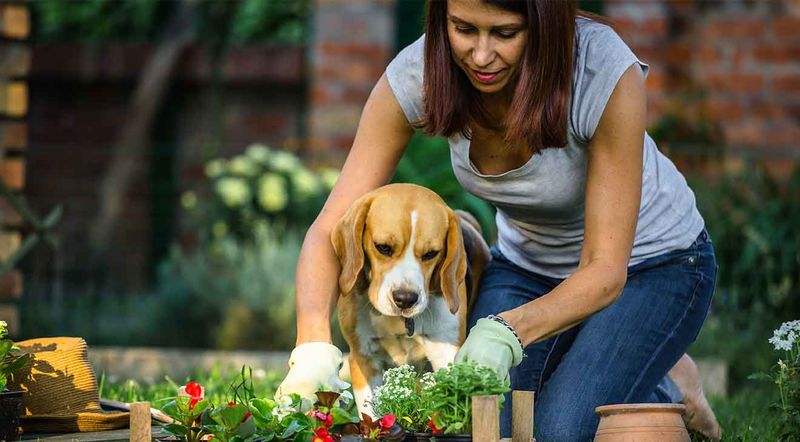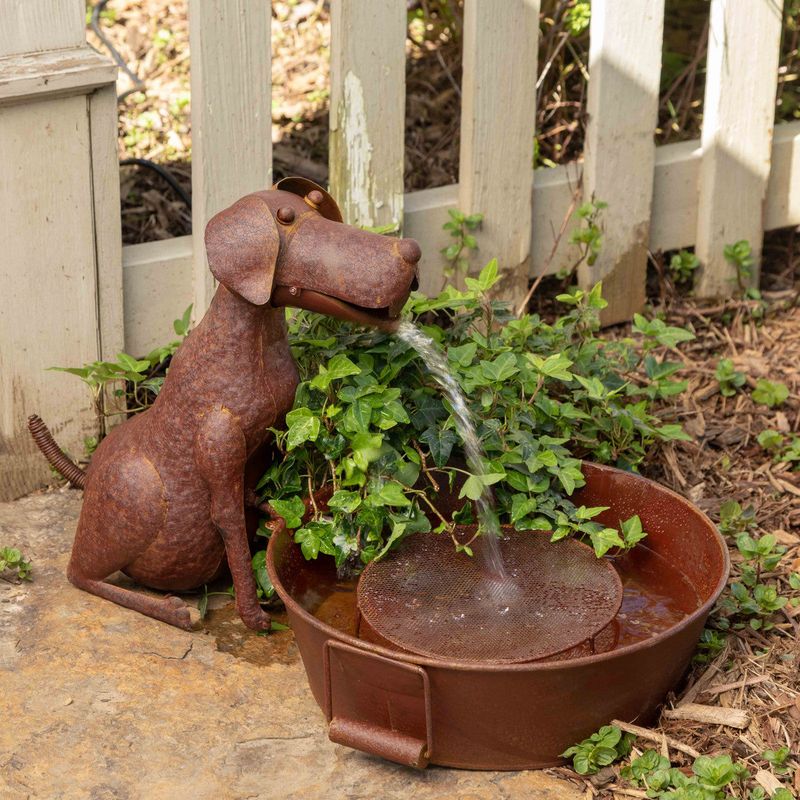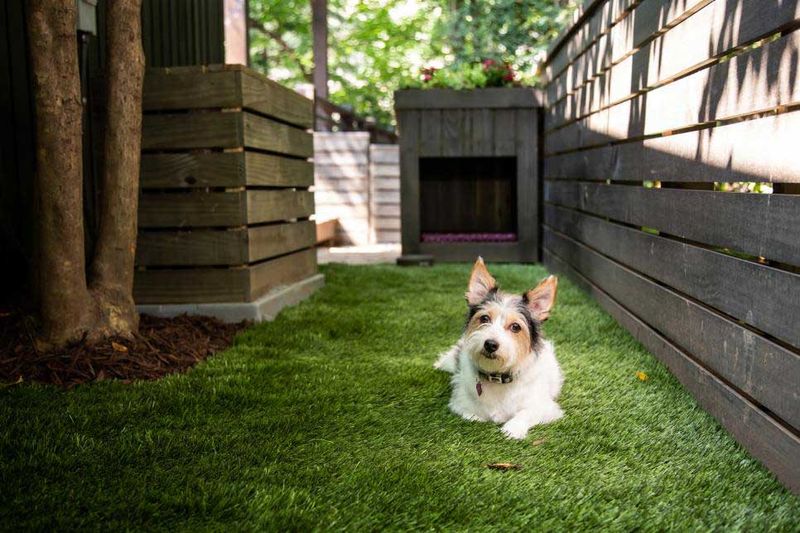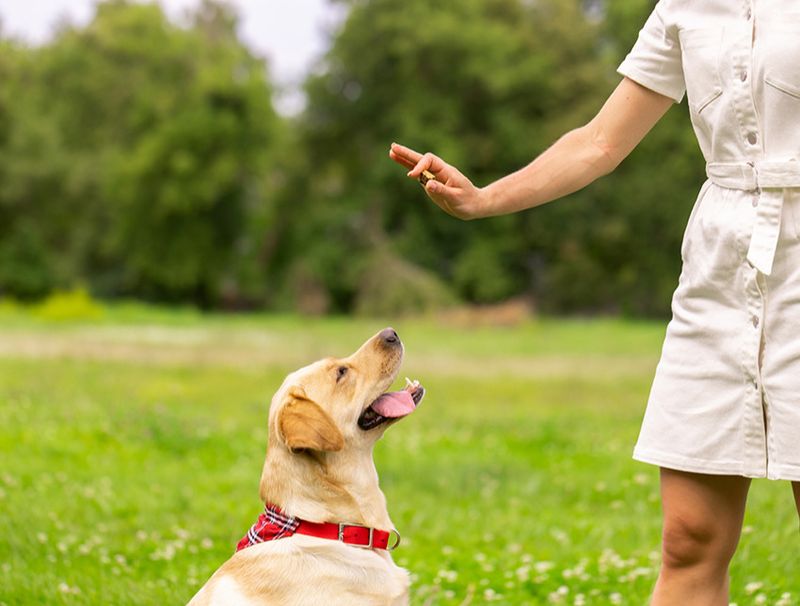Gardening is a joyful activity, but when you have a dog, it requires extra considerations. Ensuring your garden is safe and enjoyable for your furry friend is essential. Here are ten garden-friendly tips that every dog parent should know to maintain a beautiful and dog-safe outdoor space.
Pet-Friendly Plants
Choosing pet-friendly plants is crucial for a dog-safe garden. Avoid toxic plants like lilies and azaleas. Instead, opt for safe options such as sunflowers, marigolds, and snapdragons. These plants not only beautify your garden but also ensure your dog’s safety.
Your dog can roam freely without you worrying about accidental ingestion. Moreover, these plants attract beneficial insects, enhancing your garden’s ecosystem. So, plant with peace of mind, knowing your furry friend is safe.
Consider the plant’s durability too. Hardy plants withstand playful paws, ensuring your garden remains lush and beautiful.
Avoid Chemical Pesticides
Ditching chemical pesticides is a win-win for your garden and your dog. These chemicals can harm your pet if ingested or exposed during playtime. Opt for natural pest control methods like neem oil, garlic spray, or diatomaceous earth.
These alternatives are not only safe for your dog but also promote a healthier garden environment. Plus, you contribute to biodiversity by avoiding harmful chemicals that kill beneficial insects.
Make your garden a pesticide-free zone, where your dog can safely explore without risk. Natural solutions are effective and kind to both your pets and plants.
Create Designated Play Areas
Designating play areas in your garden helps balance beauty with functionality. Set aside a specific zone for your dog’s antics, ensuring they’re entertained without trampling your plants.
Use fencing or hedges to delineate spaces and invest in durable toys that withstand rough play. Incorporate shade, such as a small canopy or tree, to keep your pet cool during sunny days.
This setup allows your garden to flourish while offering your dog a fun, safe space. A little planning goes a long way in keeping both plants and pets happy.
Install Dog Paths
Installing dog paths can transform your garden into a canine paradise. Dogs often create ‘desire lines’ by walking the same path repeatedly, so why not make it intentional?
Crafting paths with mulch or stone keeps your garden organized and reduces the stress on plants. These paths guide your dog away from delicate areas while providing a safe, enjoyable route.
Not only does it protect your garden’s beauty, but it also satisfies your dog’s natural curiosity. Paths are a great way to harmoniously blend your pet’s needs with your gardening goals.
Use Mulch With Care
Mulch is excellent for maintaining soil moisture and suppressing weeds, but some types are harmful to dogs. Avoid cocoa mulch, which contains theobromine, harmful to canines.
Opt for safer options like pine bark or cedar mulch. These alternatives provide the same gardening benefits without risking your pet’s health. Regularly check that your dog isn’t ingesting mulch, as even non-toxic types can cause digestive issues if eaten in large quantities.
Mulch wisely to ensure your garden thrives while keeping your furry friend safe and healthy.
Secure Compost Areas
Compost is fantastic for enriching soil, but it can be dangerous for dogs. Secure your compost area to prevent your pet from exploring unsupervised. Ingesting compost can lead to serious health issues.
Use a sturdy bin with a lid and consider fencing around the compost area. This setup deters curious noses while keeping nutrients flowing to your plants.
A well-managed compost area supports a thriving garden and protects your pet. It’s a small effort for peace of mind and a flourishing garden.
Choose Dog-Friendly Fertilizers
Fertilizers are vital for plant growth, but not all are safe for pets. Opt for organic, pet-friendly fertilizers that won’t harm your dog if ingested.
Products made from bone meal, blood meal, or manure can attract dogs but may upset their stomach if consumed. Look for specially formulated fertilizers that balance plant nourishment with pet safety.
Keeping your garden verdant and your dog healthy is all about making informed choices. Dog-friendly fertilizers are a simple yet effective way to achieve both goals harmoniously.
Install Doggy Fountains
Hydration is key, especially during playtime in the garden. Consider installing a dog-friendly water fountain to ensure your pet stays hydrated while enjoying the outdoors.
These fountains add a charming element to your garden and provide a consistent water source. Opt for designs with filters to keep the water clean and fresh.
A well-placed fountain encourages your dog to drink more, preventing dehydration on hot days. Plus, it’s a delightful feature that enhances your garden’s aesthetics while catering to your pet’s needs.
Provide Shade and Shelter
Creating shaded areas in your garden is essential for your dog’s comfort. Whether it’s a tree, a pergola, or a quaint doghouse, providing shelter protects your pet from the elements.
These spots offer a cool retreat during summer and a dry area during unexpected rain. Make your garden a haven where your dog can relax comfortably.
Investing in shade solutions ensures your garden remains a welcoming space for both plants and pets. It’s all about balancing aesthetics with functionality for a harmonious garden.
Train Your Dog in the Garden
Training your dog to respect garden boundaries is crucial for maintaining harmony. Use positive reinforcement to teach commands like ‘leave it’ or ‘stay away,’ which protect delicate plants.
Consistent training helps your dog understand garden rules, reducing the likelihood of damage. It also strengthens the bond between you and your pet, making garden time enjoyable for both.
A well-trained dog complements a well-tended garden, creating a peaceful environment. Start training early to set clear expectations and enjoy your outdoor space together.
